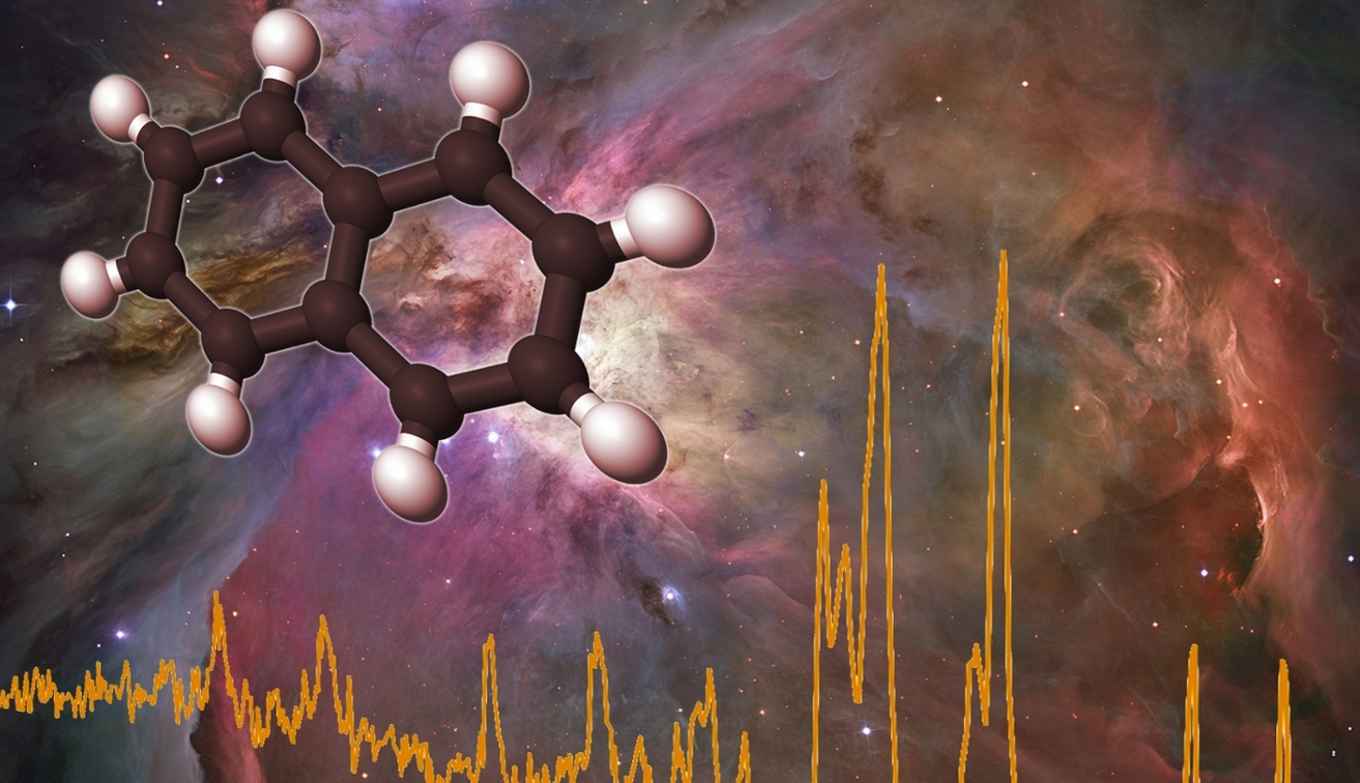NWO funding for research into fingerprints of interstellar molecules
UvA researchers in Molecular Photonics participate in new network for astrochemical research
17 January 2017

Through the study of polycyclic aromatic hydrocarbons (PAHs) astronomers hope to understand how matter forms in interstellar space, and how this matter evolves to produce stars and planets. In their laser spectroscopy laboratories VIDI laureate Dr Annemieke Petrignani will determine together with two new PhD researchers the 'fingerprints' of PAHs and related molecules which are thought to exist in space. This will enable a detailed identification of PAHs in interstellar space by means of astronomical observations. It will also help to understand photodissociation processes which underlie the evolution of PAHs in space.
About the Dutch Astrochemical Network (DAN) II
The Dutch Astrochemical Network (DAN) II is an interdisciplinary network of Dutch researchers in the fields of molecular physics, laboratory spectroscopy, surface science, theoretical chemistry, astrochemistry, astronomical observation and astronomical modeling. It is expected that the collaboration of renowned Dutch experts in these fields will lead to groundbreaking research. DAN II closely collaborates with NASA, with which NWO in July 2016 signed a Space Act in the fields of Astrochemistry and Astrobiology.